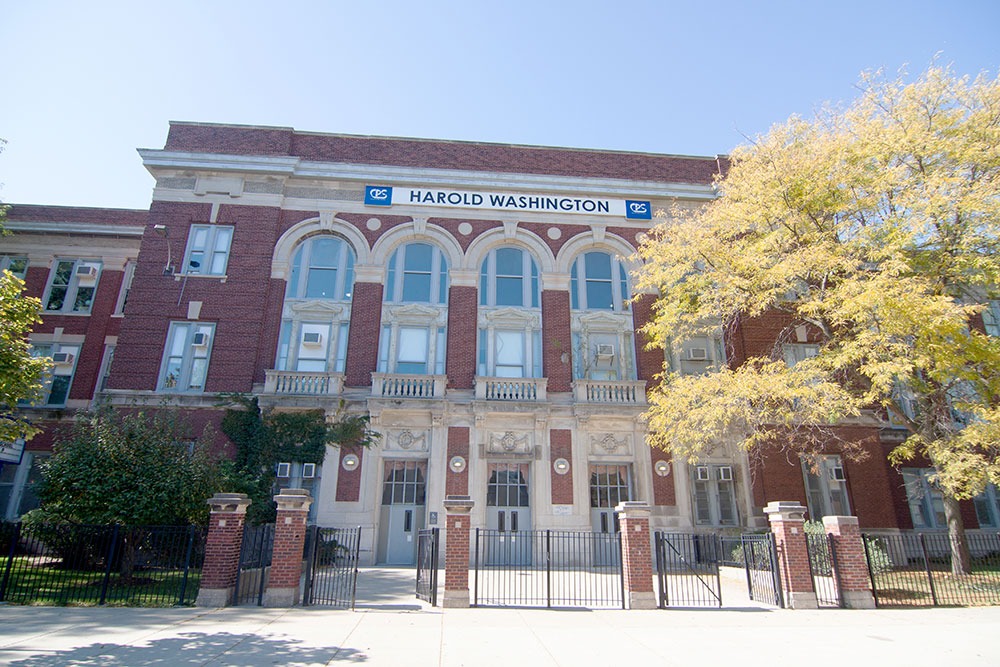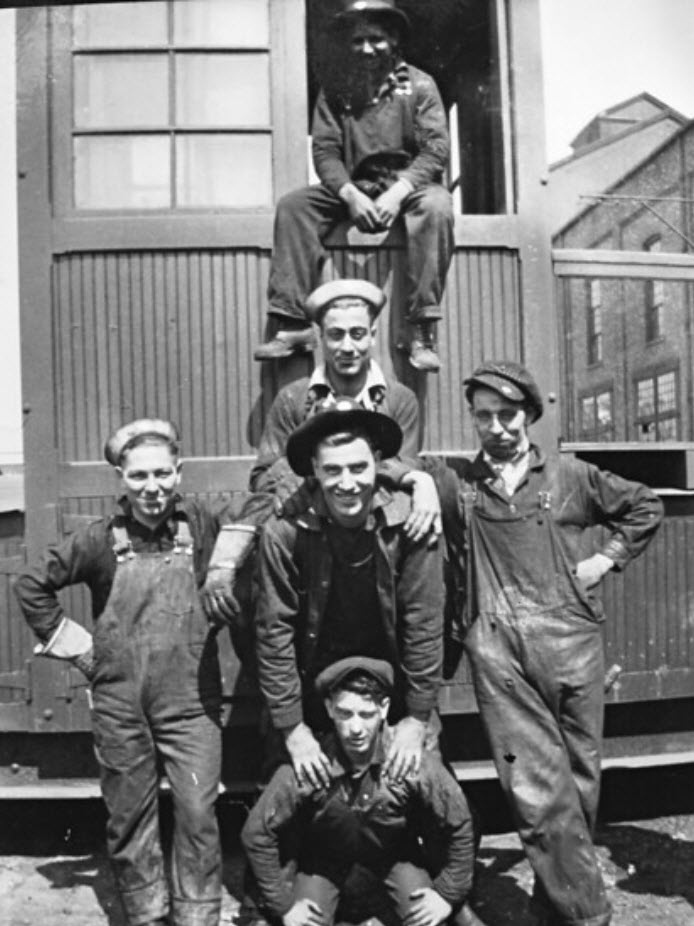Discovering Burnside: A Unique Chicago Neighborhood
Burnside, the smallest of Chicago’s community areas, is a distinctive neighborhood that has managed to maintain its character despite numerous changes over the years. Known for being surrounded by railroads, this area has a rich history and unique cultural background worth exploring.
Burnside’s name is attributed to Ambrose Burnside, an influential figure in the Illinois Central Railroad (ICRR), now the Canadian National Railway (CN), and a prominent Union general during the American Civil War. Originally, this community was known by other names such as Stony Island and the Burnside Triangle. However, with the mapping efforts of University of Chicago sociologists, the area formally became known as Burnside.
Development in the 19th Century
During the later half of the 19th century, the Burnside area was largely undeveloped swamp land located north of Lake Calumet. Development began after the ICRR established the Burnside Station at 95th street. The area started to see an influx of residents when W. V. Jacobs, a developer, purchased and subdivided land in the Burnside Triangle. The new residents were predominantly Hungarian, Polish, Italian, and Ukrainian immigrants who found employment in nearby factories such as Burnside Steel Mill and Pullman Company.
Twentieth Century Changes
The 20th century brought significant changes to Burnside. After World War II, the area saw an increase in the number of African-American residents. This shift was one of several transformations the neighborhood went through. Industrial decline in the 1960s led to economic downturn and increased crime rates, causing many residents and businesses to relocate. However, by the end of the century, Burnside had re-established itself as a comfortable residential area.
Geography
Burnside is geographically the smallest among the community areas in Chicago. It is located 11 miles south of the Loop and is bounded by the ICRR to the west, the New York Central Railroad to the east, and the Rock Island Railroad to the south. This unique geographical configuration has earned it the nickname “The Triangle”.
Demographic Breakdown
In terms of population, Burnside is the least populous of the community areas. As per the United States Census data analyzed by the Chicago Metropolitan Agency for Planning, the area had a population of 2,254 people and 956 households. The racial composition of Burnside is predominantly African American, accounting for 97.5% of the population.
Community Life and Institutions
Burnside residents have historically had to establish many of their own institutions due to the area’s unique geographical confinement. Saloons with meeting halls and churches were among the most important institutions in the area. These, along with the Burnside Settlement and local schools, provided a range of programs and services to the community.

Political Landscape
Local Politics
In local politics, Burnside is part of the 8th ward, represented by Democratic alderman Michelle A. Harris3. Over the 20th century, it alternated between the 9th and 10th wards.
State and Federal Politics
At the state level, the neighborhood falls under the District 33 in the Illinois House of Representatives and District 17 in the Illinois Senate. In both these districts, it is represented by Democrats. In the 2016 and 2012 presidential elections, the area overwhelmingly voted for the Democratic candidates.
Economic Conditions
The economic conditions in the area have seen a range of fluctuations. During the 1890s, factory jobs were plentiful due to the proximity of major factories. However, the 1960s brought economic decline when nearby steel mills closed down and other industries scaled back production. Despite these challenges, Burnside has managed to rebuild itself into a comfortable residential community.
Modern Burnside
Despite its turbulent history, the Burnside of today has become a comfortable residential community, still well defined by the railroads that created it. However, it remains relatively underserved by the city outside its boundaries. The community’s unique layout and geographical isolation make it a distinctive pocket within the larger city of Chicago.
Burnside, with its unique geography and rich history, is a fascinating part of Chicago. Despite its challenges, it remains a vibrant community with a strong sense of identity. Its story is a testament to the resilience and adaptability of its residents, who have faced economic hardship and change with determination and perseverance.


